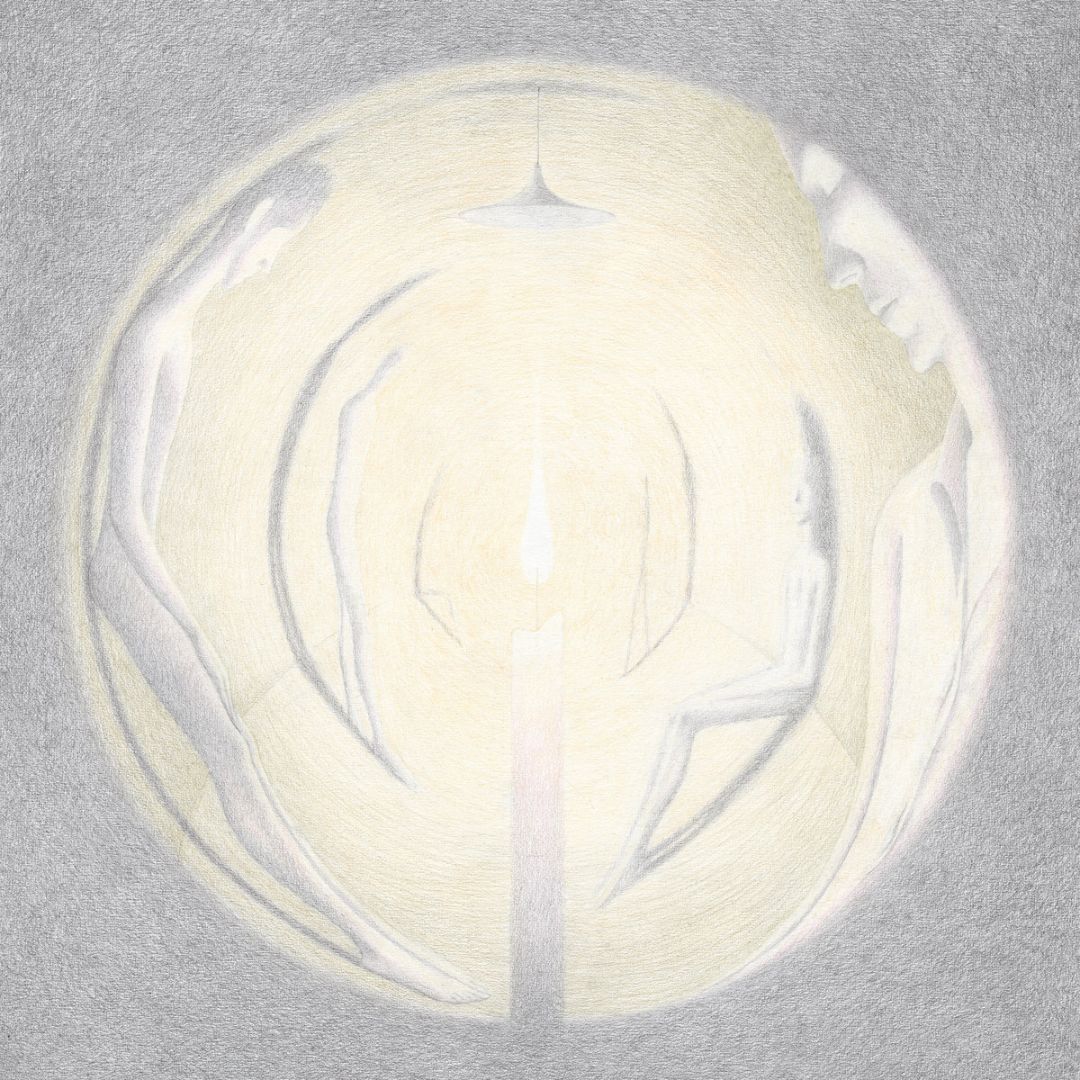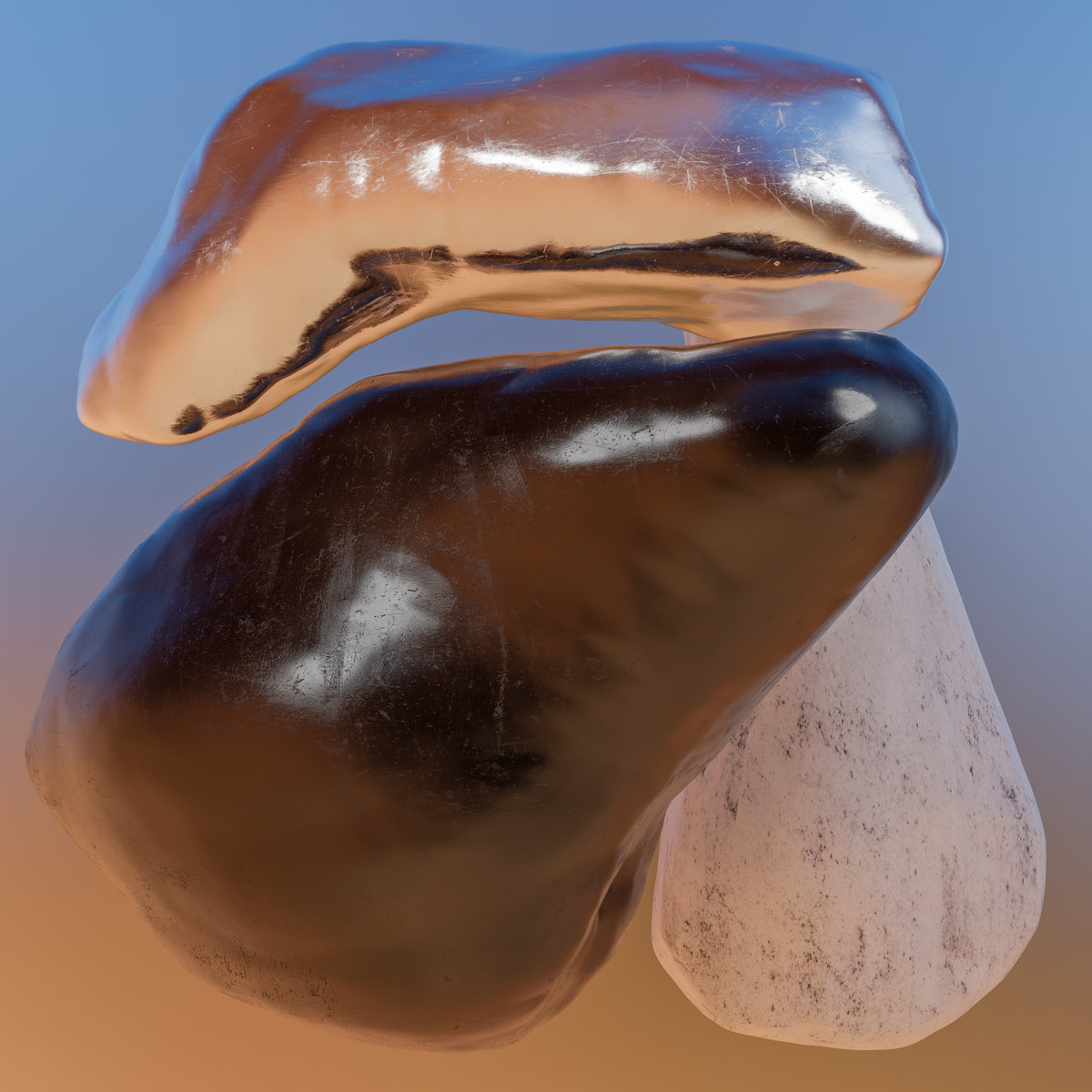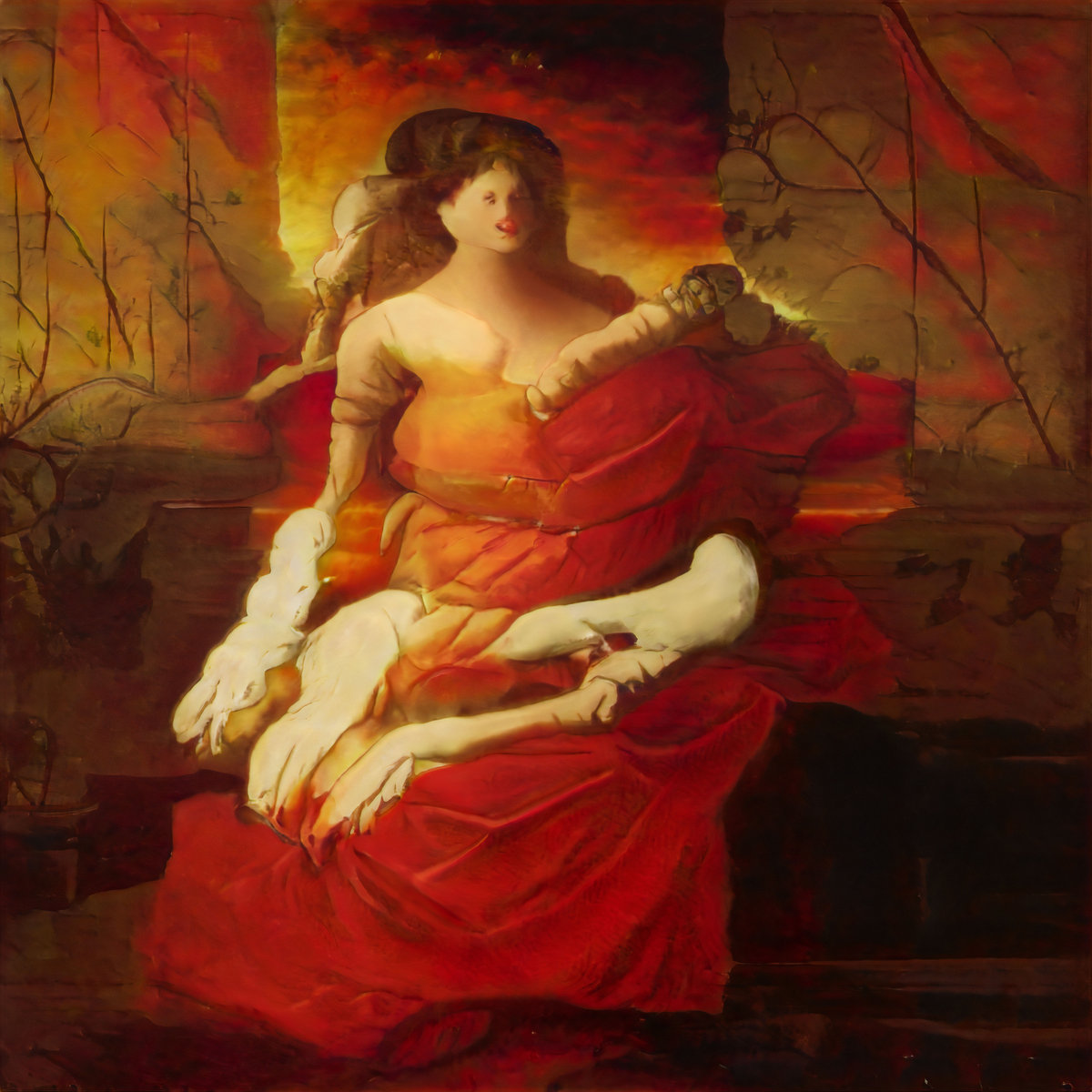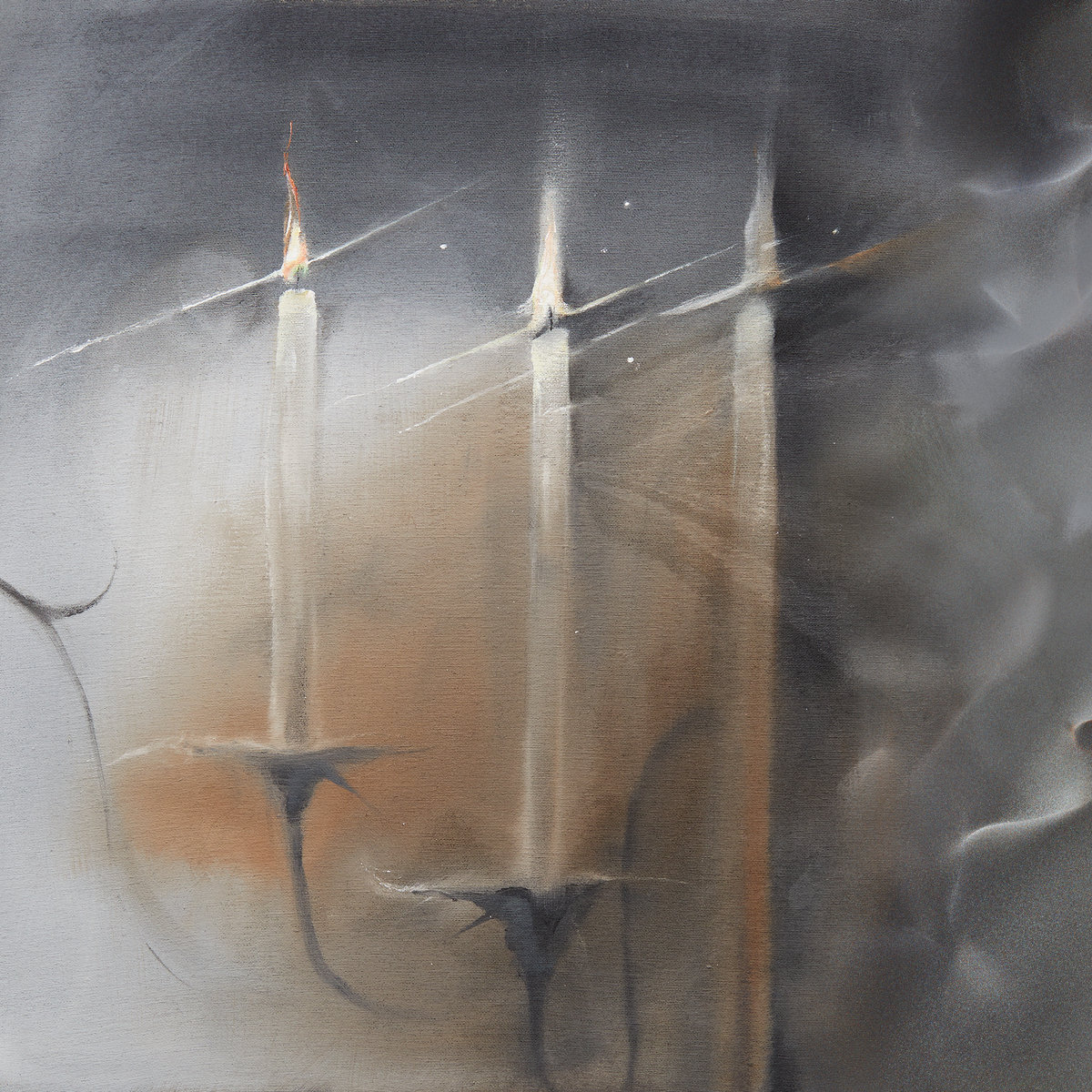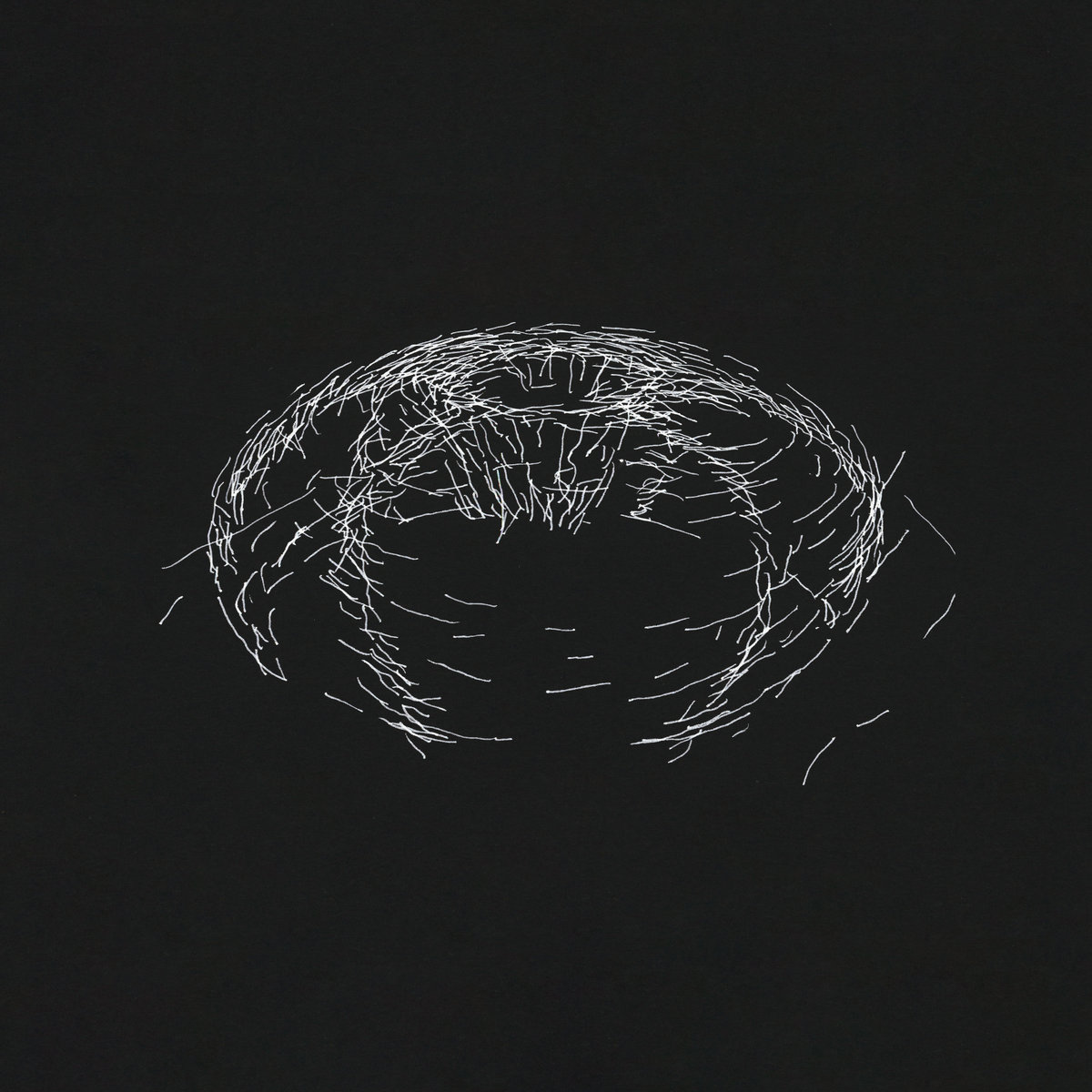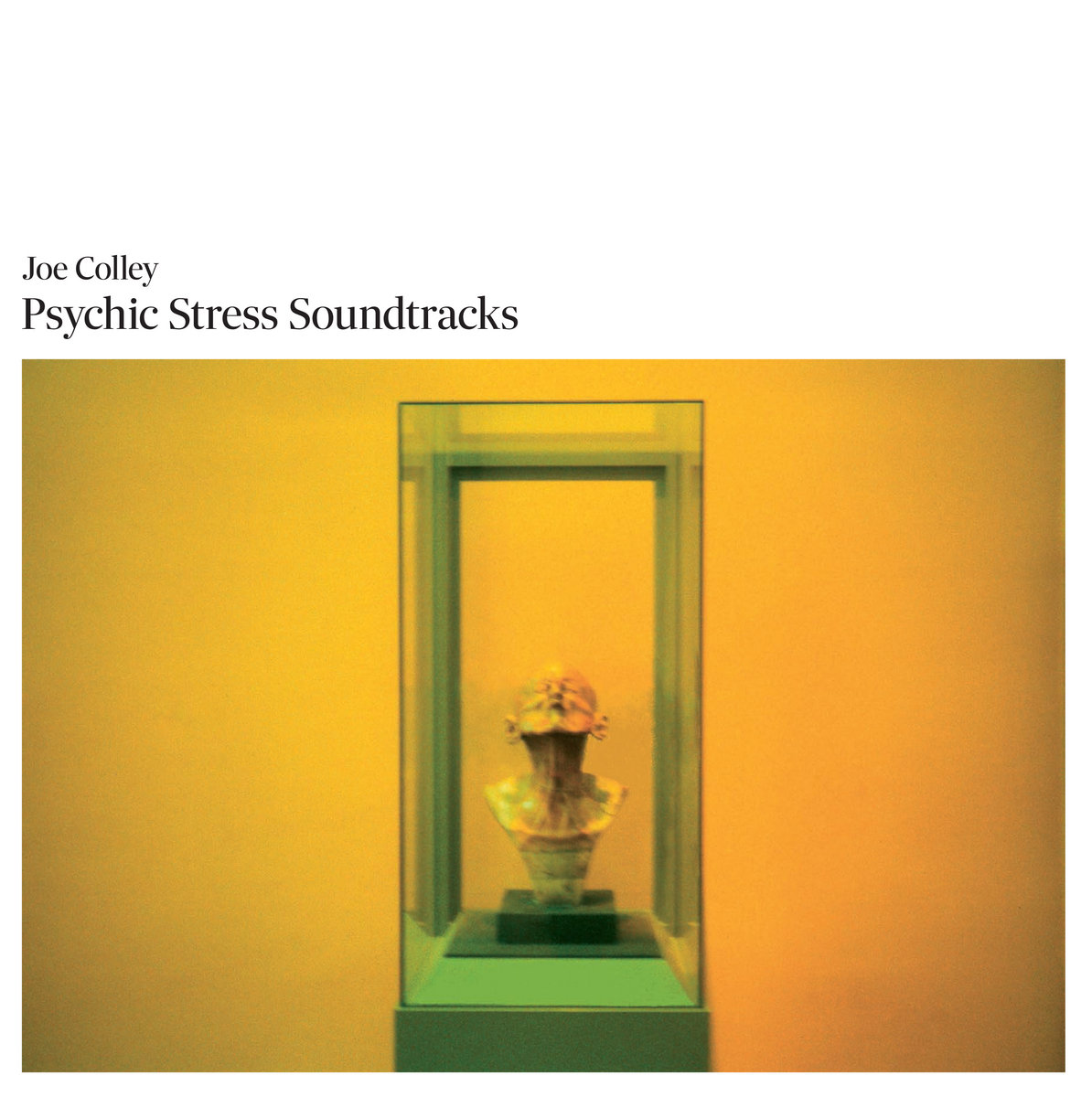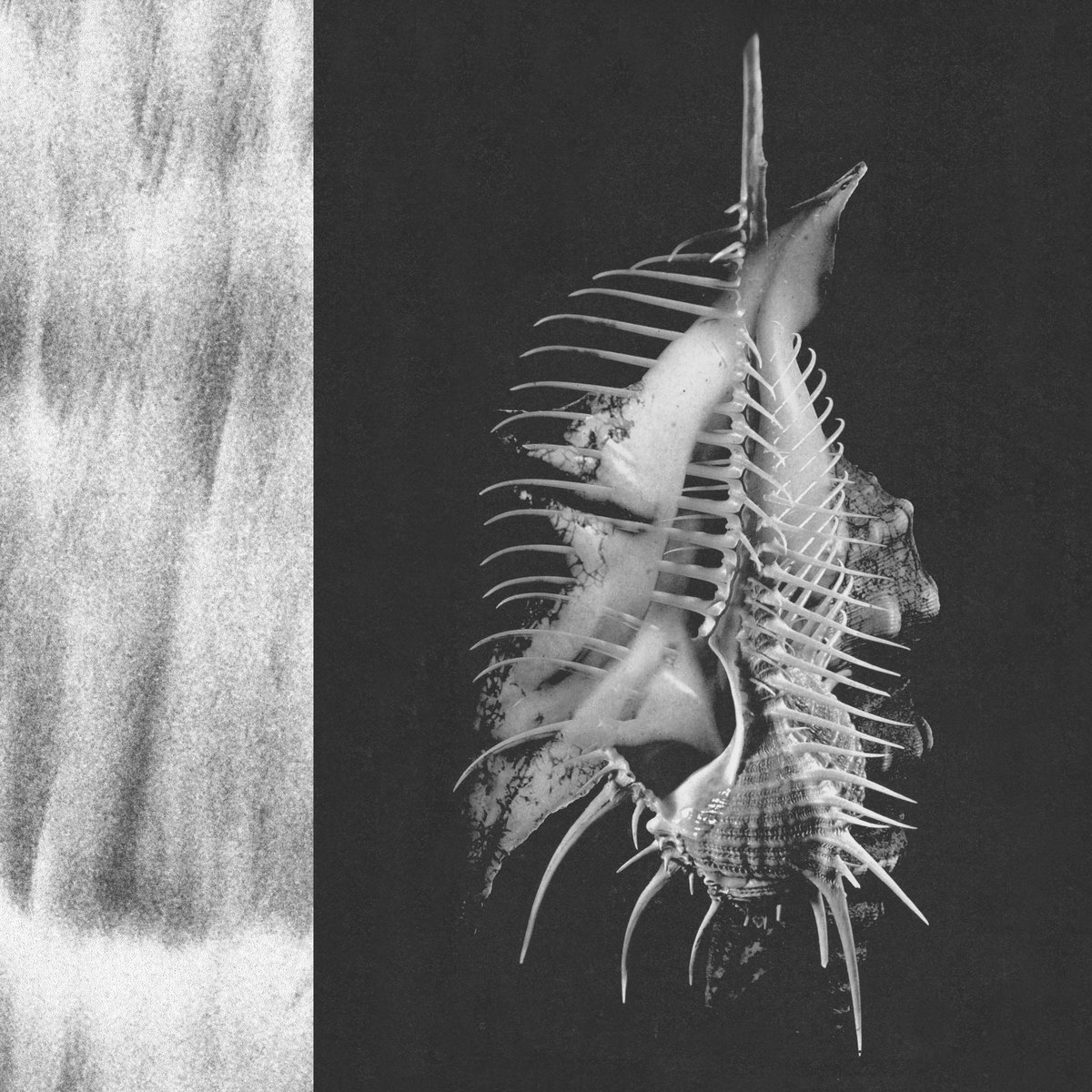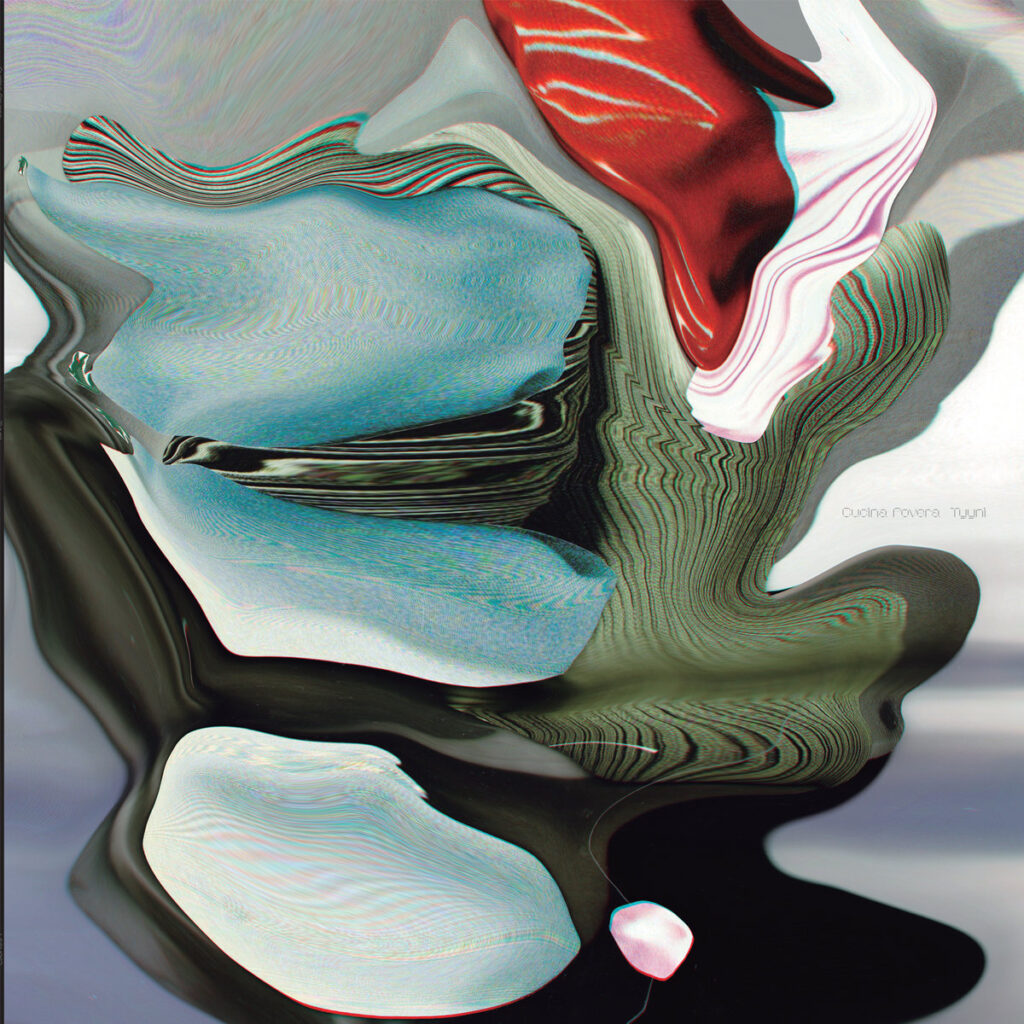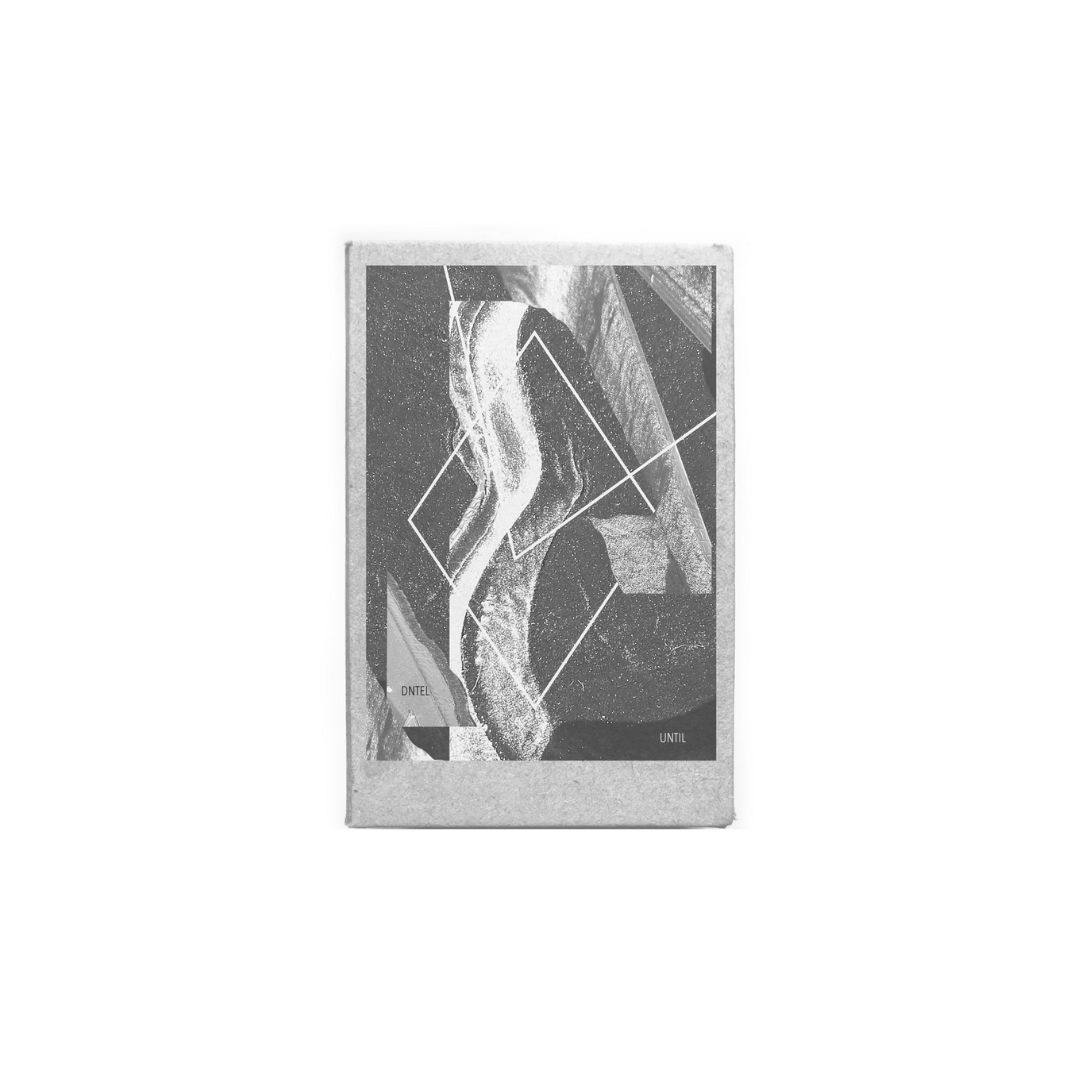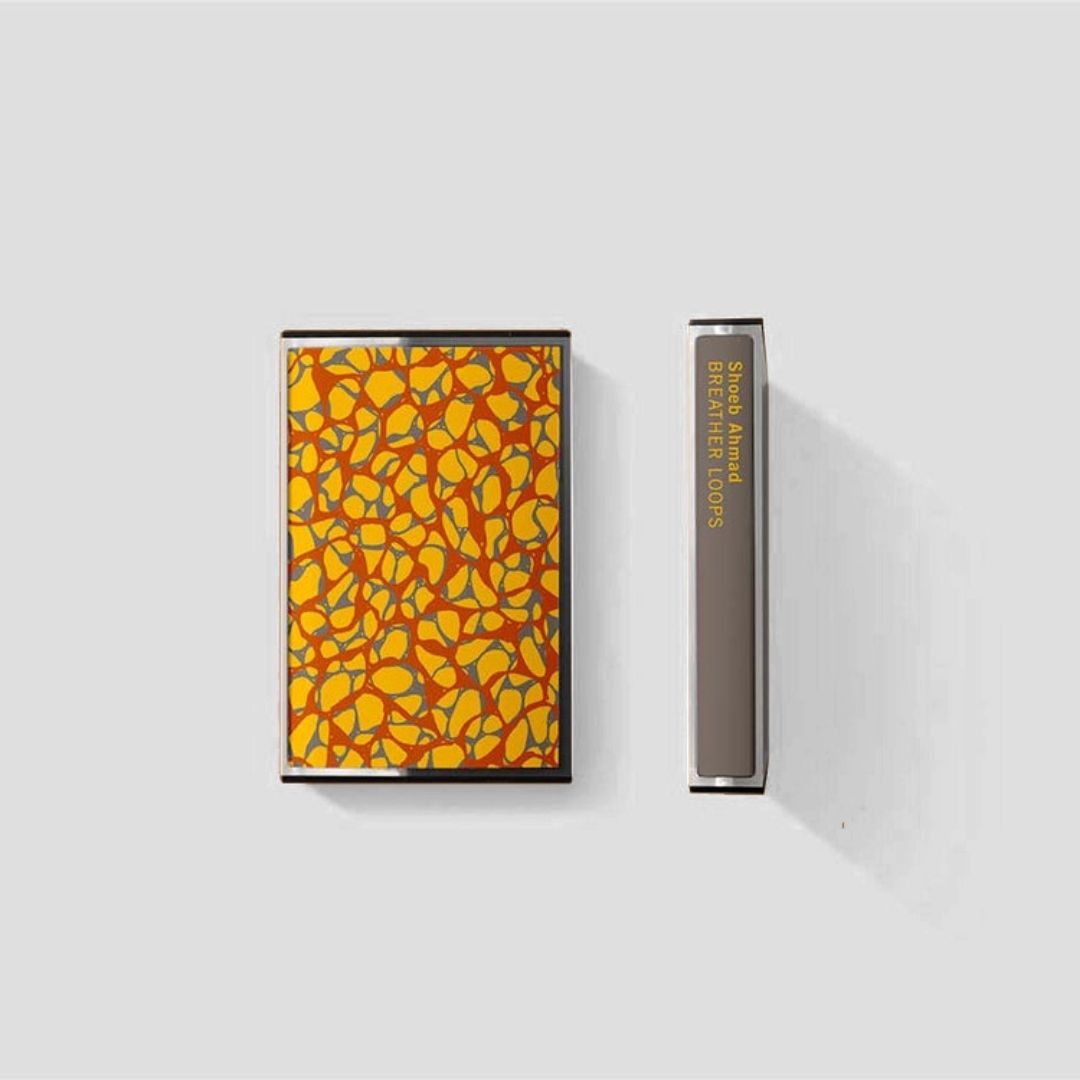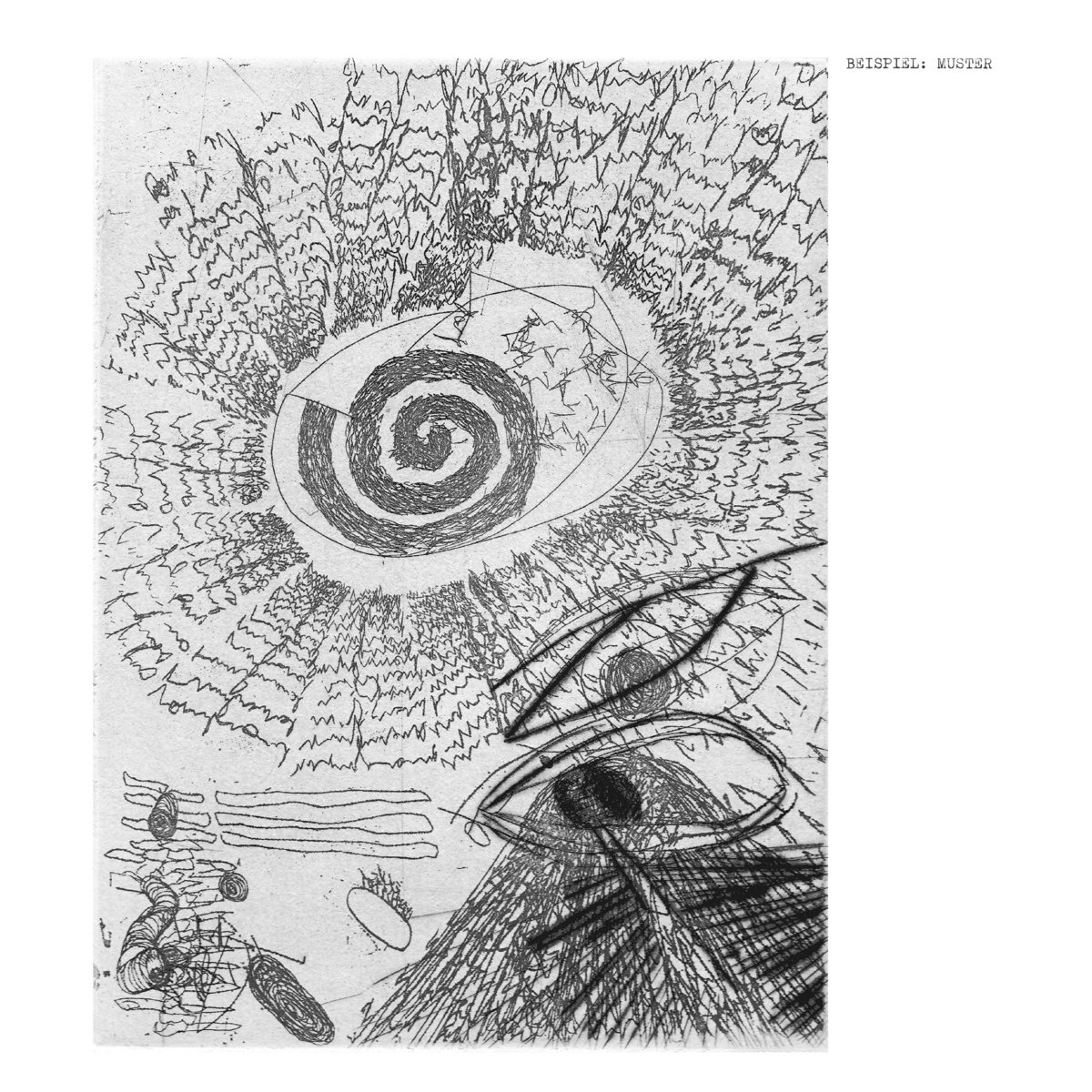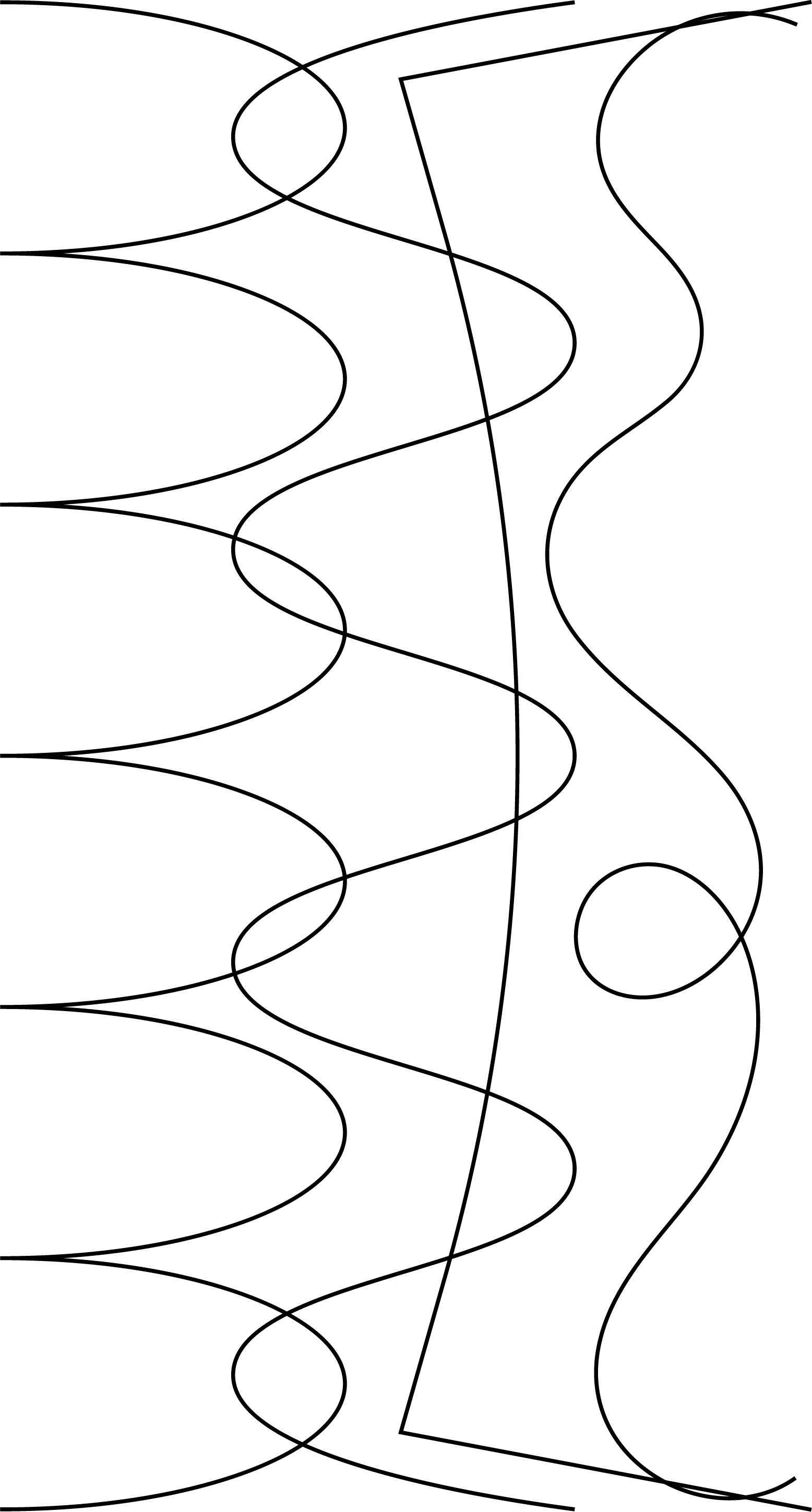about the record
From 1984 until 1987, Greek artist Costis Drygianakis and a ramshackle assembly of friends and collaborators produced a slew of recordings under the name Optiki Mousiki, or Optical Musics. Their first full-length "Tomos 1" was released in 1987 and documented a prolific early period, combining grizzly industrial noise elements with dizzying electro-acoustic experiments and wild instrumental stings. "Tomos 2" is a collection of work taken from the band's second epoch after a brief hiatus; released in 1994, it arrived after a long period of self-reflection from Drygianakis about not only what his own music represented, but what avant-garde art might be useful for in general. A very different album from its predecessor, it attempts to question popular ideas of taste, folding together "non-serious" musical ideas with traditional elements while tentatively drawing from the spiritual world both near and far, from the lives of the Christian saints to tales of Tibetan Buddhism, Sufism and Hinduism.
- 1 - Untitled 1 14:16
- 2 - Untitled 2 16:42
- 3 - Untitled 3 16:48
- 4 - Untitled 4 13:50
Embed
Copy and paste this code to your site to embed.
€32,00
only 1 left
- 1 - Untitled 1 14:16
- 2 - Untitled 2 16:42
- 3 - Untitled 3 16:48
- 4 - Untitled 4 13:50
Embed
Copy and paste this code to your site to embed.
about the record
From 1984 until 1987, Greek artist Costis Drygianakis and a ramshackle assembly of friends and collaborators produced a slew of recordings under the name Optiki Mousiki, or Optical Musics. Their first full-length "Tomos 1" was released in 1987 and documented a prolific early period, combining grizzly industrial noise elements with dizzying electro-acoustic experiments and wild instrumental stings. "Tomos 2" is a collection of work taken from the band's second epoch after a brief hiatus; released in 1994, it arrived after a long period of self-reflection from Drygianakis about not only what his own music represented, but what avant-garde art might be useful for in general. A very different album from its predecessor, it attempts to question popular ideas of taste, folding together "non-serious" musical ideas with traditional elements while tentatively drawing from the spiritual world both near and far, from the lives of the Christian saints to tales of Tibetan Buddhism, Sufism and Hinduism.

